Table of Contents
Introduction
Imagine walking into a hospital, getting treated, and leaving without fumbling for cash or waiting in long billing queues. Sounds like a dream, right? Well, healthcare payments have come a long way from the days of cash transactions and paper bills. Today, digital solutions like PayNova are revolutionizing how we pay for medical services—making transactions faster, more secure, and hassle-free.
But how did we get here? From cash payments to contactless transactions, the journey of healthcare payments has been nothing short of transformative. Let’s take a trip down memory lane and explore how payment solutions have evolved over the years, and how PayNova is leading the charge in making healthcare payments seamless for everyone.
The Early Days: Cash and Paper Billing
In the past, healthcare payments were primarily made in cash, and hospitals relied heavily on paper billing systems. Patients would pay for medical services upfront, often leading to financial strain and limited access to care. Billing processes were manual, time-consuming, and prone to errors, creating inefficiencies for both providers and patients. Record-keeping was a tedious task, increasing the chances of billing disputes and delayed payments.
Hospitals and clinics had to maintain extensive physical records, making it challenging to track patient payment histories. Many people struggled with large medical bills, leading to delayed or denied treatments. Additionally, security risks were high, as carrying large sums of money posed potential theft concerns. This outdated system created significant stress for both patients and healthcare providers, demanding a more structured financial approach.
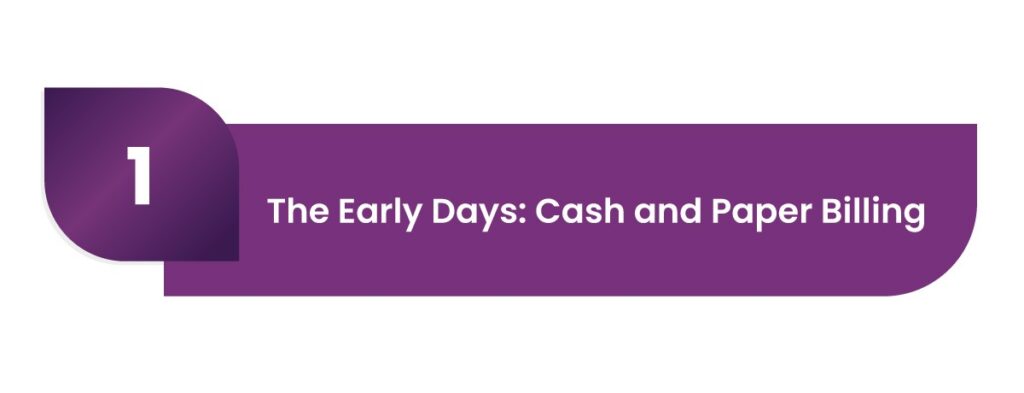
The Introduction of Insurance and Checks
As healthcare costs grew, insurance companies emerged to help cover medical expenses. Patients started using insurance policies to pay for medical bills, reducing the burden of direct payments. Simultaneously, checks became a popular mode of transaction, offering an alternative to cash payments. However, manual processing of checks and insurance claims led to delays and administrative challenges. The growing complexity of insurance policies made it difficult for patients to understand their coverage, often resulting in unexpected medical expenses and disputes over claims.
While insurance helped alleviate some financial strain, it also introduced new complications. Verifying insurance coverage required extensive paperwork, and claim processing times often stretched into weeks or months. Many hospitals had to employ dedicated billing departments to navigate complex reimbursement procedures. Patients, on the other hand, were frequently caught off guard by unexpected medical expenses, as not all treatments were fully covered. This period marked the beginning of the need for a more transparent and efficient payment system.

The Rise of Credit and Debit Cards in Healthcare
With the introduction of credit and debit cards, healthcare payments became more flexible. Patients could now pay for services using cards, reducing the need for cash. Hospitals and clinics started adopting point-of-sale (POS) systems to process transactions efficiently. However, medical billing still involved complex paperwork, and insurance reimbursements often took weeks to process. Many healthcare providers also faced issues with card fraud, chargebacks, and transaction failures, adding an extra layer of challenges to financial management.
Credit cards enabled patients to spread out payments for expensive treatments, offering financial relief in urgent situations. However, high-interest rates often made this option costly in the long run. Additionally, processing fees and fraud risks created financial concerns for healthcare providers. While this period introduced more convenience, it still left gaps in terms of security, affordability, and efficiency.
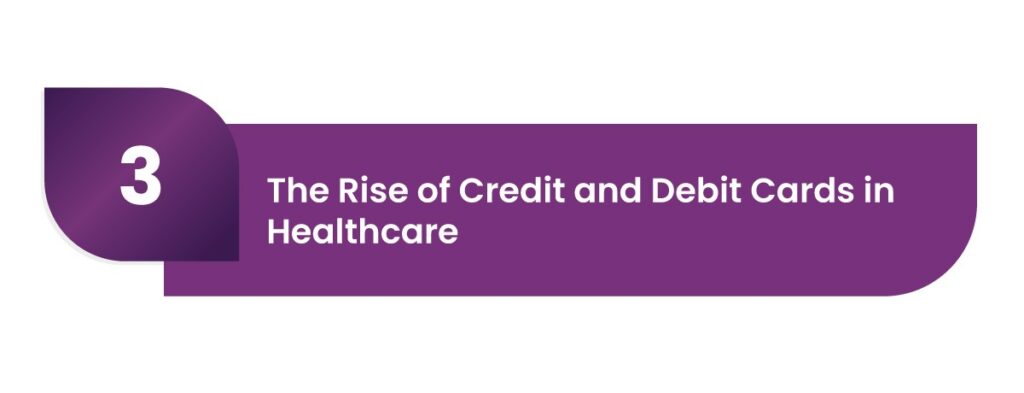
The Digital Revolution: Online Payments and Electronic Billing
The rise of the internet brought significant changes to healthcare transactions. Online payment portals and electronic billing systems streamlined the process, allowing patients to pay medical bills from the comfort of their homes. Electronic Health Records (EHR) integrated with billing systems, reducing administrative workload and improving accuracy. Patients could now track their medical expenses, set up payment plans, and receive instant billing updates. Additionally, automated invoicing and reminders helped healthcare providers manage collections more efficiently, reducing outstanding dues and improving cash flow.
This digital shift made healthcare transactions more transparent. Patients could access detailed billing breakdowns, while hospitals reduced errors caused by manual record-keeping. However, concerns about cybersecurity and data privacy emerged, as sensitive financial and medical information became increasingly digitized. Despite these challenges, digital payments marked a major step toward a more accessible and efficient financial system in healthcare.
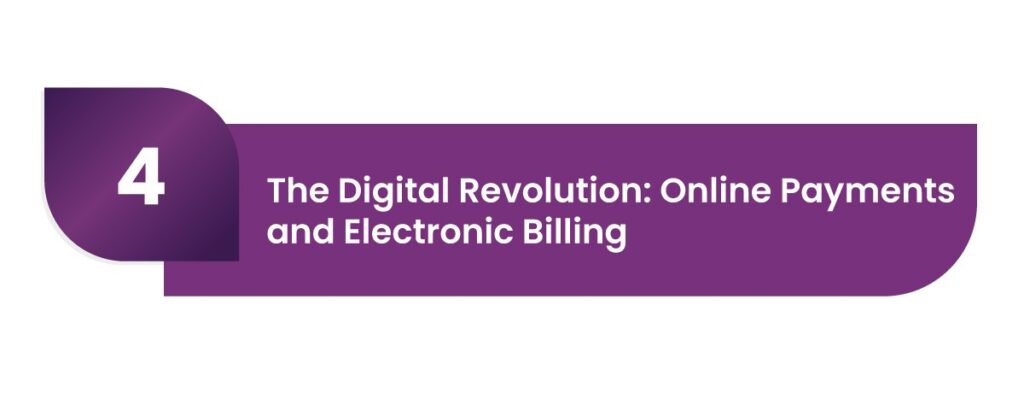
The Era of Contactless and Mobile Payments
Today, healthcare payments have entered a contactless era, where digital wallets, NFC-enabled devices, and mobile payment apps make transactions seamless. Patients can use mobile wallets like Apple Pay, Google Pay, and PayNova’s digital payment solutions to settle medical bills instantly. These advancements not only enhance convenience but also improve security through encryption and biometric authentication. Contactless payments have become crucial in hospitals and clinics, particularly during pandemics, as they reduce the risk of infection through physical currency or card handling.
The convenience of mobile payments has significantly improved the patient experience. Hospitals now offer self-checkout kiosks and instant digital receipts, reducing waiting times and paperwork. Additionally, biometric verification has added an extra layer of security, minimizing fraud risks. As mobile payment technology continues to evolve, it is likely to become the standard mode of transaction in healthcare settings worldwide.

The Emergence of Subscription-Based and Installment Plans
As medical costs continue to rise, many healthcare providers are adopting subscription-based and installment payment models. Instead of large lump-sum payments, patients can now opt for monthly or periodic installment plans to manage their expenses. This is particularly beneficial for ongoing treatments, chronic conditions, and wellness programs.
With PayNova’s flexible payment solutions, patients can break down costly procedures into manageable payments without accumulating heavy credit card debt. Subscription-based models also allow patients to pay for preventive care services, such as routine checkups and wellness programs, on a fixed monthly basis. This shift is making healthcare payments more predictable and budget-friendly for a larger population.
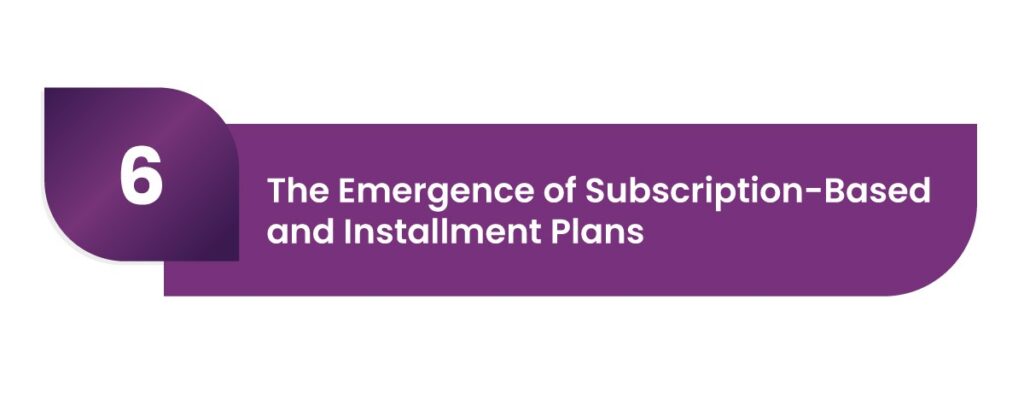
The Role of AI and Predictive Analytics in Healthcare Payments
AI-driven technologies are now transforming healthcare payments by offering predictive insights and automation. AI-powered billing systems analyze patient payment histories and insurance coverage to recommend the best payment options. Predictive analytics can assess a patient’s financial situation and suggest suitable payment plans, ensuring better financial outcomes for both providers and patients.
PayNova utilizes AI to detect fraudulent transactions, automate billing tasks, and improve payment processing speeds. AI-driven chatbots and virtual assistants also help patients navigate their billing queries, providing instant support without the need for long customer service calls. As AI technology continues to advance, it will play a crucial role in optimizing healthcare financial operations.
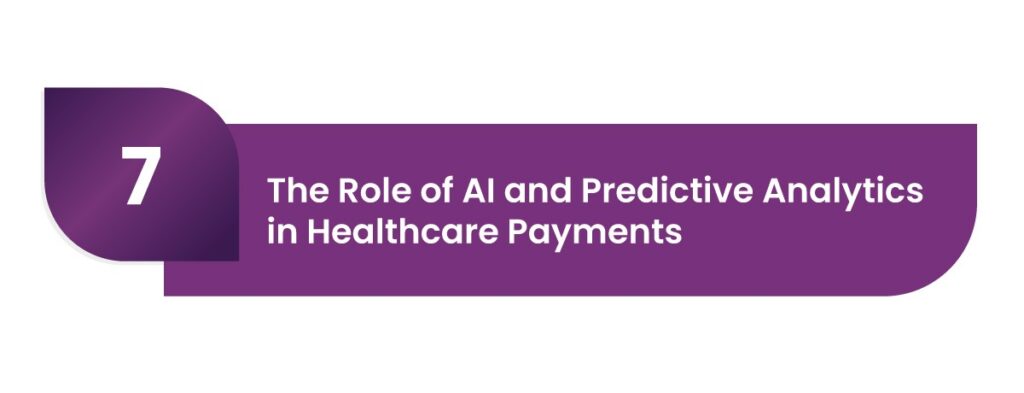
PayNova: Transforming Healthcare Payment Solutions
PayNova is revolutionizing the healthcare payment landscape by offering secure, flexible, and user-friendly solutions. By bridging the gap between patients and providers, PayNova ensures that medical payments are processed smoothly without unnecessary delays.
Key Features of PayNova’s Healthcare Payment Solutions:
- Seamless Digital Payments: PayNova enables hospitals and clinics to accept payments through various digital channels, reducing reliance on cash and paper-based billing.
- Insurance and Direct Billing Integration: PayNova simplifies insurance claim processing and direct billing, ensuring that patients can settle bills effortlessly.
- AI-Powered Fraud Prevention: By leveraging AI-driven fraud detection, PayNova protects sensitive financial and medical information from cyber threats.
- Automated Recurring Payments: For patients with ongoing treatments, PayNova offers automated recurring billing, making installment payments stress-free.
- Telehealth Payment Support: With the rise of telemedicine, PayNova provides secure online payment solutions for virtual consultations and remote healthcare services.
- Multi-Currency and Global Accessibility: PayNova supports international transactions, allowing healthcare providers to cater to medical tourists and global patients.
- Customizable Payment Plans: PayNova allows healthcare providers to offer flexible payment options, ensuring that patients can manage their medical expenses without financial strain.

The Future of Healthcare Payments
As healthcare and technology continue to evolve, the future of medical transactions will focus on innovation, security, and accessibility. Some key trends include:
- Blockchain for Secure Medical Billing: Blockchain technology will enhance transparency and security in medical payments and insurance claims.
- Biometric Authentication: Facial recognition and fingerprint scanning will improve patient identification and secure transactions.
- AI and Predictive Analytics: AI-driven insights will help providers offer personalized payment plans based on patient financial history.
- Internet of Medical Things (IoMT) Payments: Smart medical devices will facilitate automated billing and real-time transaction processing.
- Personalized Financial Assistance: AI-powered financial tools will provide patients with personalized recommendations for managing healthcare expenses and finding the best insurance plans.
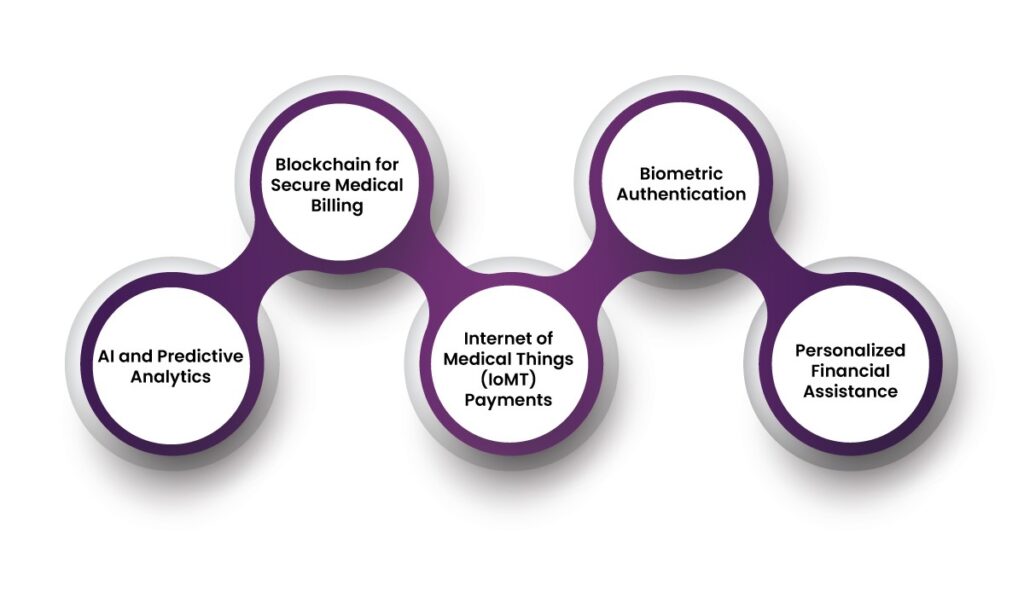
Conclusion
Healthcare payments have come a long way—from cash in hand to the tap of a phone. It’s no longer about scrambling for paper bills or waiting weeks for insurance approvals. Today, paying for medical services is faster, easier, and more secure than ever.
That’s where PayNova comes in. Whether it’s handling hospital bills, setting up payment plans, or making contactless payments at a clinic, PayNova makes the process smooth and hassle-free. No more long queues, no more confusing paperwork—just simple, secure transactions that work for everyone.
And the future? It’s all about convenience. Think seamless payment solutions for telehealth, medical tourism, and even wearable devices that can process transactions on the go. As technology keeps pushing forward, PayNova is making sure healthcare payment solutions keep up—so patients and providers can focus on what truly matters: health and care, not billing stress. Ready for the change? Because it’s already happening.
Frequently Asked Questions (FAQs)
- How have healthcare payment solutions evolved over time?
Healthcare payments have transitioned from cash transactions and paper billing to digital and contactless payment solutions, improving efficiency and security.
- What challenges did traditional healthcare payments face?
Traditional payments involved manual billing, delayed insurance claims, cash dependency, and a high risk of errors, making transactions inefficient and time-consuming.
- How does PayNova improve healthcare payment processing?
PayNova offers seamless digital payments, automated billing, fraud prevention, and integration with insurance systems to enhance transaction speed and security.
- What role do contactless payments play in healthcare?
Contactless payments reduce physical contact, speed up transactions, and enhance security, making them especially valuable in hospitals and clinics.
- How do digital payment solutions benefit both patients and providers?
Patients experience convenience and flexible payment options, while providers benefit from faster collections, reduced paperwork, and enhanced financial management.
- What security measures does PayNova implement for healthcare payments?
PayNova uses encryption, biometric authentication, AI-driven fraud detection, and blockchain technology to ensure secure healthcare transactions.
- Can PayNova handle international healthcare transactions?
Yes, PayNova supports multi-currency transactions, making it easier for medical tourists and global patients to pay for healthcare services.
- What is the future of healthcare payment solutions?
The future includes blockchain for secure billing, AI-driven predictive analytics, biometric authentication, and IoMT (Internet of Medical Things) payments for automated transactions.














